


Botulism
Introduction
A condition of chickens, turkeys, ducks and other waterfowl occurring worldwide and caused by a bacterial toxin produced by Clostridium botulinum mainly types A / C. The toxin is produced in decaying animal (usually carcases) and plant waste, and toxin-containing material (pond-mud, carcases, maggots) is consumed by the birds. Toxin may also be produced by the bacteria in the caecum. Morbidity is usually low but mortality is high. The toxin and bacterial spores are relatively stable and may survive for some time in the environment. It has also been suggested that poultry carcases lost in litter can be a cause of botulism in cattle grazing land or consuming silage where poultry litter has been spread.
Signs
- Nervous signs, weakness, progressive flaccid paralysis of legs, wings then neck, then sudden death.
- Affected broilers tend to settle with eyes closed when not disturbed.
- A soiled beak, because it rests on the litter, is also quite typical.
Post-mortem lesions
- Possibly no significant lesions.
- Mild enteritis if has been affected for some time.
- Feathers may be easily pulled (chicken only).
- Maggots or putrid ingesta may be found in the crop.
Diagnosis
History, signs, mouse toxicology on serum or extract of intestinal contents. Differentiate from acute Marek's disease ('Floppy Broiler Syndrome') by histology of the brain.
Treatment
Remove source of toxin, supportive treatment if justifiable, antibiotics, selenium.
Prevention
Preventing access to toxin, suspect food and stagnant ponds, especially in hot weather. The single most important measure is careful pick-up and removal of all dead birds on a daily basis. This will reduce the risk of botulism both in the poultry and in any grazing animals on land where poultry litter is spread.
Extracted From:
A Pocket Guide to Poultry Health and Disease by Paul McMullin© 2004







